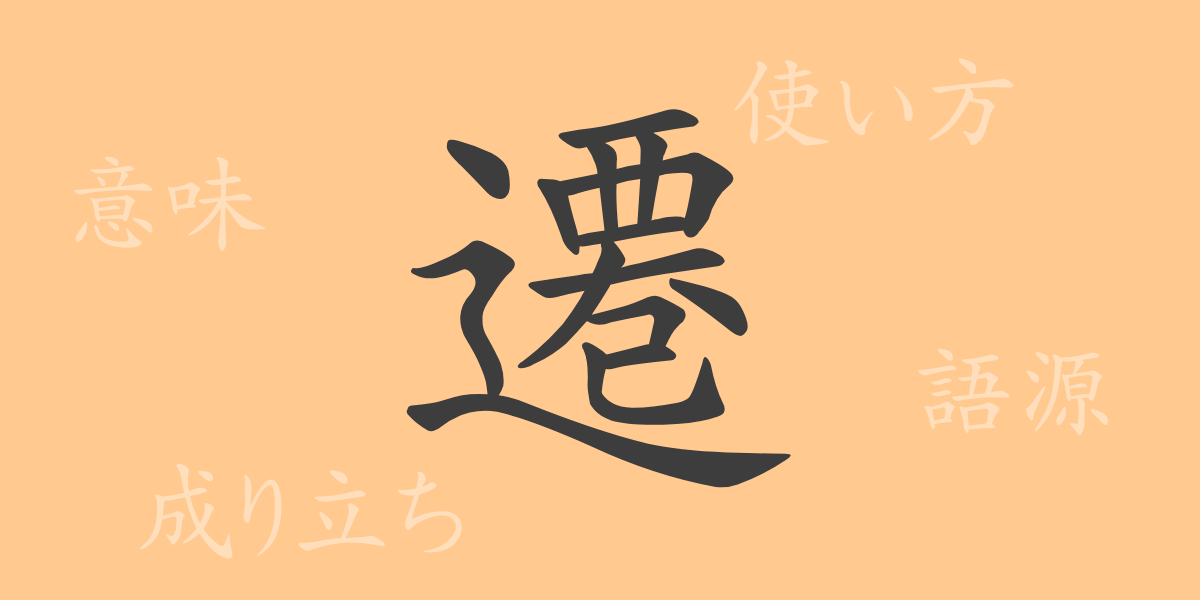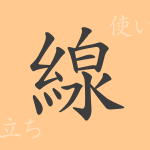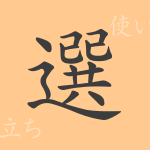Japanese characters possess a rich expressive power, each with its unique history and meaning, reflecting the depth of Japanese culture and language. This article focuses on the kanji “遷” (せん), exploring its hidden allure. From transition and relocation of capitals to the reconsecration of shrines, we step into the world of “遷” and discover how it has integrated into our language.
Origins of 遷
The kanji “遷” traces its origins to ancient China, initially representing the symbolic movement of an object to a new location. Over time, its form and meaning evolved, leading to the current “遷,” which signifies not just physical movement but also changes in state or status.
Meaning and Usage of 遷
“遷” primarily means “to move” or “to transfer,” referring to changes in place, state, or period. Metaphorically, it can also describe the progression or transformation of situations. It is used in various contexts, such as “遷都” (moving a capital) or “遷職” (changing jobs), among others.
Readings, Stroke Count, and Radical of 遷
The basic information about the kanji “遷” is as follows:
- Readings: On’yomi (Sino-Japanese reading) is “セン”, Kun’yomi (native Japanese reading) includes “うつ.る” and “うつ.す”.
- Stroke Count: 15 strokes.
- Radical: The radical is “辵” (しんにょう), related to walking or movement.
Phrases, Idioms, and Proverbs Using 遷
There are numerous idioms and phrases involving “遷”, each rich in meaning. Let’s explore a few:
- 遷都 (せんと): The act of moving a capital city, or the new capital itself.
- 遷宮 (せんぐう): The ceremony of rebuilding a Shinto shrine’s sanctuary, symbolizing renewal.
- 遷移 (せんい): Gradual change or transition.
- 遷延 (せんえん): The prolongation of a situation.
- 遷怒 (せんぬ): Redirecting anger towards someone or something else.
Conclusion on 遷
The kanji “遷” embodies movement and change, playing a vital role in Japanese language. Inherited from ancient China, this character has evolved uniquely within Japanese culture and language, influencing us in various ways today. From physical relocations to transitions in time and state, “遷” enriches our expression and offers a deeper appreciation of the complexity of Japanese language.

























